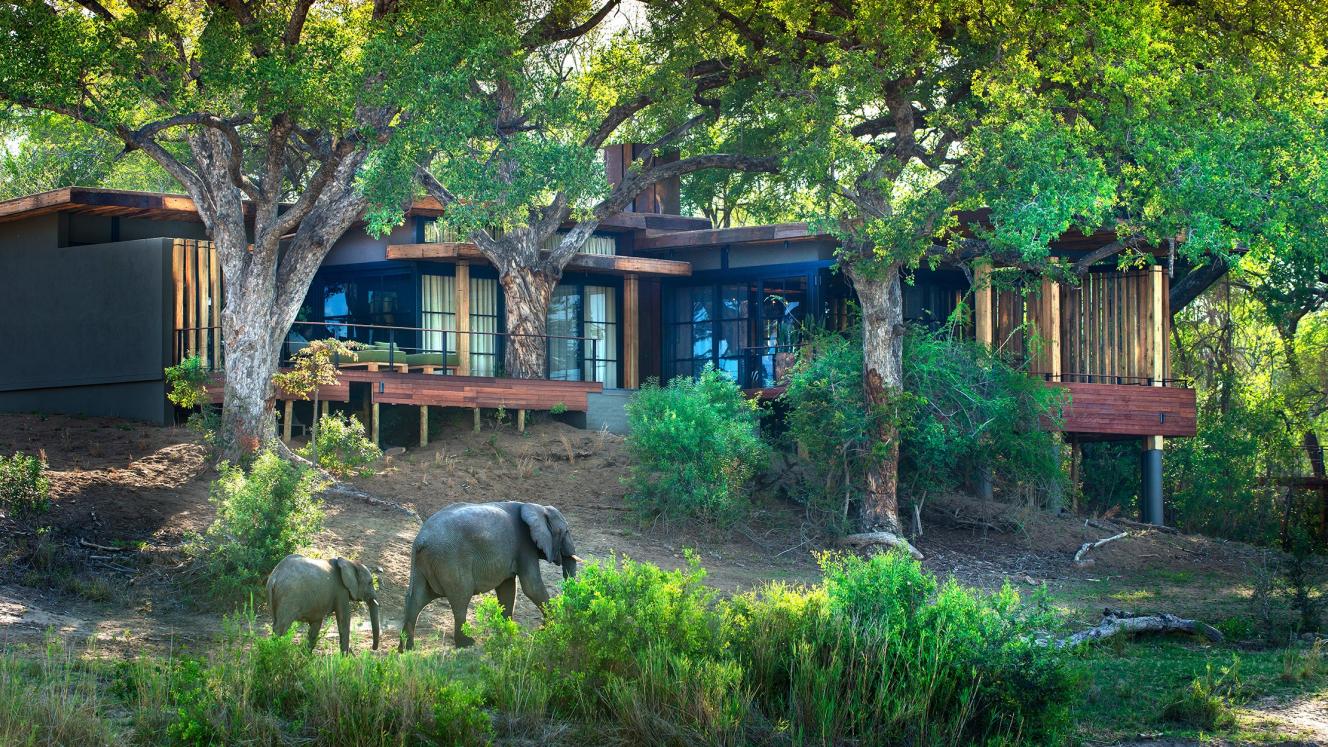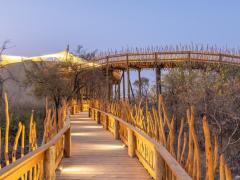With sufficient funding, conservancies in Kenya could cover more than 22% of the country’s total land area by 2040 and generate US$81 million annually from 93 new mid- to high-end tourism facilities.
According to research by the Kenya Wildlife Conservancies Association (KWCA), total private-sector funding of approximately US$2 billion would be required for conservancies to achieve these aims.
As one of the key outcomes of its second Conservancies Investment Forum in August, KWCA released a prospectus showcasing 50 investment-ready opportunities across sectors: eco-tourism, carbon credits, livestock and nature-based enterprises.
Vincent Oluoch, Senior Programmes Officer for Private-Sector Engagement at KWCA, said a number of conservancies attract interest from established eco-tourism operators.
“The investors have particularly appreciated the role of conservancies as offering premium investment opportunities. These discussions are ongoing and KWCA is keenly monitoring them to provide technical and advisory support as and when it is needed by the conservancies,” Oluoch said.
KWCA has submitted a proposal to government to introduce incentives to catalyse investment in conservancies as part of the Draft National Tourism Strategy, he added.
Simon Jones, Founder of NatureScapes, which collaborated with the World Wildlife Fund’s African Nature-Based Tourism Platform to help conservancies create business plans, said there is significant potential in the expansion of conservancy-based tourism.
“If well-planned, tourism is a such a great way for the community to leverage the land and the landscape they own and derive benefits from that. The co-investment model is critical because tourism can be a tough business to get into if you don’t understand it. So these partnerships with investors and operators who have the know-how and market access are important,” said Jones.
Amboseli to become conservancy hub
After the transfer of Amboseli National Park to the Kajiado County, Maasai leaders have committed to adding around 405 000ha of community conservancies around the park, according to Mohanjeet Brar, MD of Gamewatchers and Porini Camps.
“This is the kind of large-scale, community-driven habitat protection that Kenya needs to secure the future of its tourism industry,” said Brar.
“Unless communities are genuine partners and direct beneficiaries of wildlife-based tourism, Kenya’s long-term tourism potential will diminish sharply. Population growth and land subdivision are putting increasing pressure on rangelands and communities will only choose conservation if it delivers meaningful, reliable benefits.”
Porini Camps has played a role in the development of eco-tourism products in five conservancies around Kenya. Brar said, with visitor pressures increasing in parts of the Maasai Mara, conservancies are vital for their role in reinforcing healthy ecosystems, strong community benefits and low-density tourism.
“A key part of our model is that every room must secure over 280ha of protected habitat, effectively limiting vehicles to about 570ha per vehicle. This ensures wildlife thrives, landscapes remain pristine and guests enjoy a truly exclusive experience,” said Brar, pointing out that this model led to increasing wildlife numbers, particularly big cats.
Oluoch pointed out that conservancies are key for the protection of endangered wildlife species.
“We have, for example, 90% of the global population of hirolas in Kenyan conservancies, along with 72% of white rhino and 40% of black rhino national populations.”
Multiple revenue streams
Brar stressed the importance of diversifying revenue streams to fully capitalise on the potential of conservancies.
“While our eco-tourism model already generates substantial value – direct payments to landowners, local employment, improved quality of life, stronger livestock returns through managed grazing and many local enterprises that supply tourism – we must strengthen it further due to increasing population, land pressures, subdivision and competing land uses offering higher short-term returns.”
Porini plans to amplify community earnings through measures such as nature credits, carbon credits and livestock incentives.














